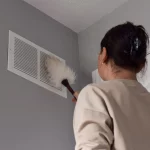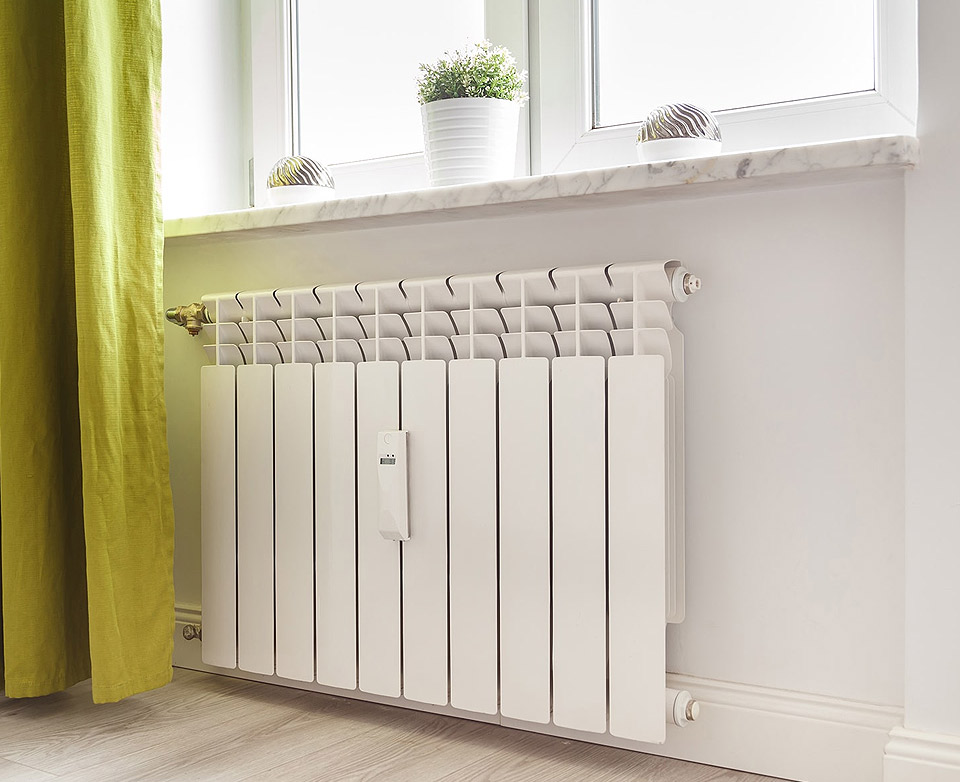
Zone Control Systems: Personalized Comfort for Every Room
Imagine a home where every room is the perfect temperature, tailored to the individual preferences of its occupants. No more fighting over the thermostat or dealing with uneven heating or cooling. Welcome to the world of zone control systems, a revolutionary approach to HVAC that provides personalized comfort for every room in your house. In this blog post, we’ll delve into the fascinating world of zone control systems, offering valuable insights, practical tips, and a deeper understanding of how they can transform your home into a haven of personalized comfort.
What Are Zone Control Systems?
Zone control systems, also known as zoning systems, are a method of heating and cooling your home that divides it into separate zones, each with its thermostat and control. This technology allows you to customize the temperature in different areas of your home, ensuring that each room is as warm or cool as you desire.
How Do Zone Control Systems Work?
Zone control systems work by utilizing dampers within your HVAC ductwork. These dampers open and close to direct the conditioned air to specific zones in your home. Each zone is controlled by an individual thermostat, and these thermostats can be programmed and adjusted according to your preferences.
For instance, in a typical two-story home, you can have one zone for the ground floor and another for the upper floor. Each zone operates independently, so you can set different temperatures for each zone. If you’re not using a particular zone, you can adjust the temperature down, saving energy and reducing your utility bills.
The Benefits of Zone Control Systems
Personalized Comfort: With zone control, you can customize the temperature in different areas of your home to meet the specific comfort needs of each room. No more dealing with hot and cold spots.
Energy Savings: Zoning systems allow you to heat or cool only the areas you’re using. This can lead to significant energy savings and lower utility bills.
Reduced Wear and Tear: Your HVAC system won’t have to work as hard, as it’s only conditioning the spaces that need it. This can extend the lifespan of your system and reduce the need for frequent repairs.
Improved Indoor Air Quality: Zoning systems can also enhance indoor air quality by ensuring that conditioned air is directed where it’s needed most. This can help reduce allergens and improve overall air quality.
Quiet Operation: Zoning systems often operate more quietly than traditional HVAC systems because they don’t need to run continuously to maintain a consistent temperature throughout the house.
Practical Tips for Implementing Zone Control
Assess Your Home: Consider the layout and needs of your home. Identify areas that would benefit from different temperature settings. Common zones include bedrooms, living areas, and basements.
Professional Installation: Zone control systems require professional installation to ensure that the dampers, thermostats, and control panel are correctly set up. Hiring an experienced technician is essential for a successful installation.
Choose the Right Equipment: Invest in high-quality dampers, thermostats, and control systems to ensure that your zoning system functions smoothly and efficiently.
Programming Your Thermostats: Set up a schedule for each zone that matches the typical use of the space. For example, you can program the bedroom zone to be cooler at night and warmer in the morning.
Regular Maintenance: Like any HVAC system, zone control systems require regular maintenance to ensure they function correctly. Schedule annual check-ups to keep your system in top shape.
Are There Any Limitations?
While zone control systems offer numerous benefits, they are not suitable for every home. Older HVAC systems may not be compatible with zoning technology, and retrofitting can be costly. Additionally, the initial installation cost can be higher than traditional systems, although the energy savings over time can offset this expense.










